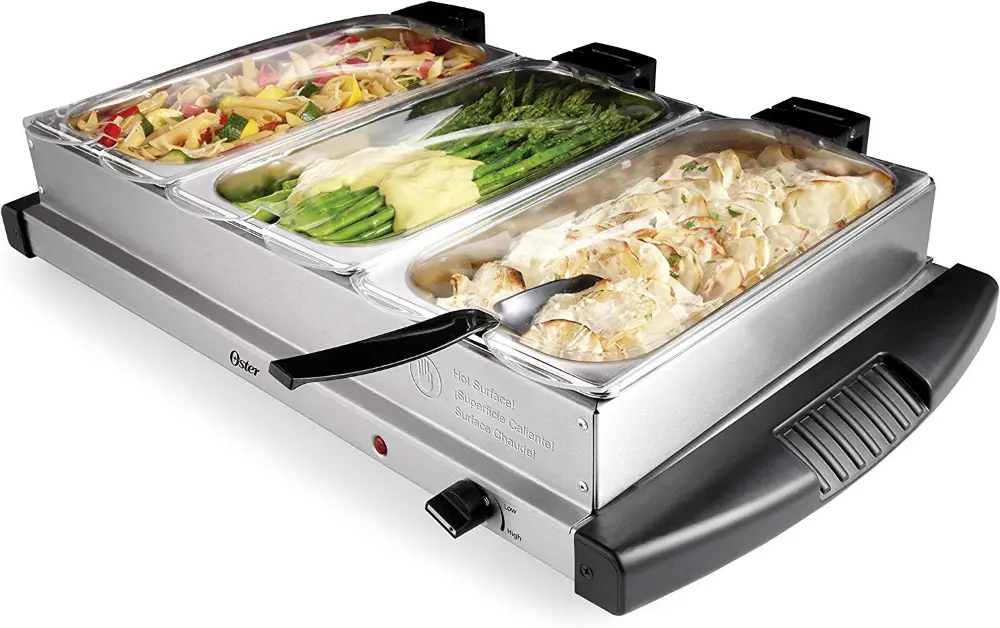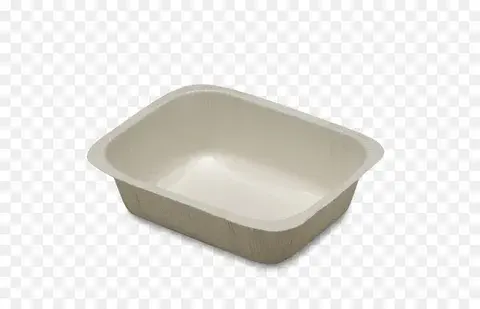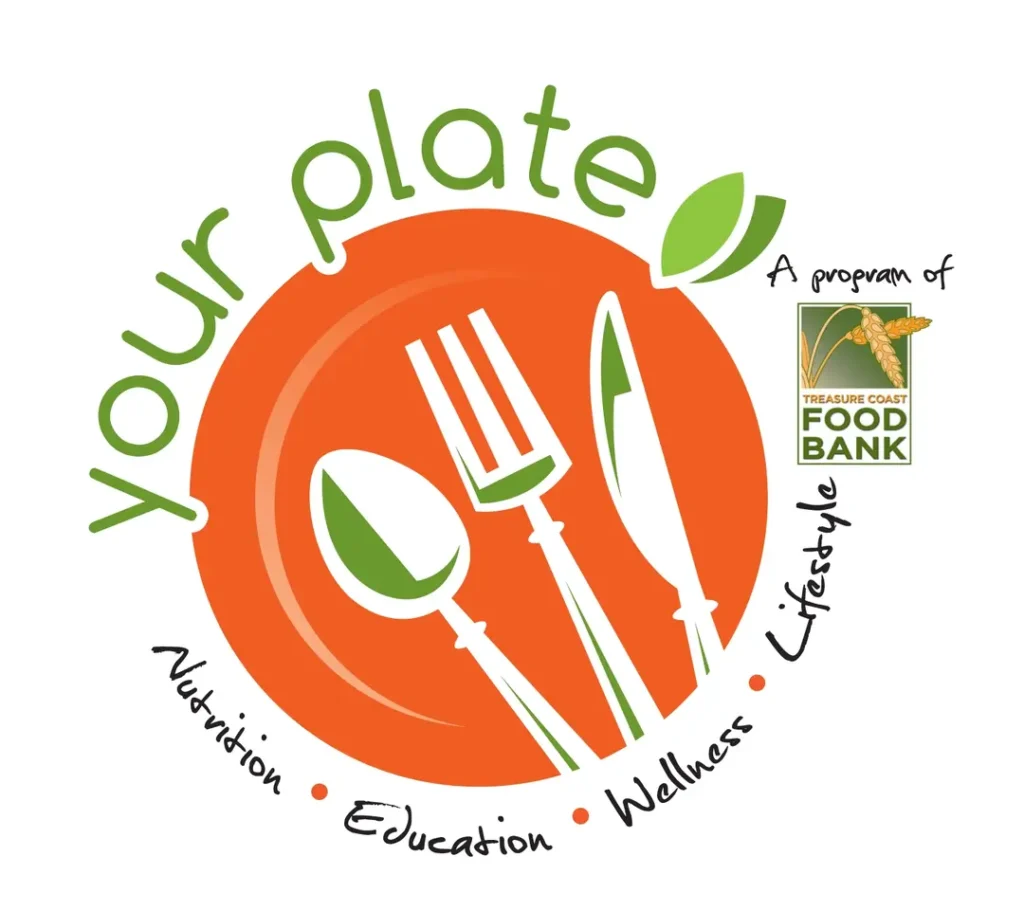Ever hosted a dinner party, only to realise half the food got cold by the time your guests sat down?
Yeah, I’ve been there too.
No one wants to serve a cold dish that’s meant to be hot. This is where warmers for food come in – a life-saver for anyone looking to keep their food fresh and warm.
So let’s talk about how you can up your hosting game with warmers for food, why you need one, and what makes them an essential tool in every kitchen.
What Are Warmers for Food and Why Do You Need Them?
Imagine this:
You’ve just finished cooking a delicious meal, and everything’s ready to be served. But not everyone’s at the table yet. You’ve got 10-15 minutes before the meal begins, and the food is slowly losing its heat.
That’s where a food warmer saves the day.
Warmers for food are devices designed to keep your food at the perfect serving temperature until it’s time to eat. Whether you’re hosting a party, running a catering business, or just trying to keep dinner warm for a late arrival, a good food warmer makes all the difference.
They come in all shapes and sizes, from countertop models to buffet-style warmers for food, keeping your food heated without overcooking or drying it out.
Types of Food Warmers
When it comes to food warmers, you’ve got options.
But which type of warmer is right for you?
Let’s break it down.
- Chafing Dishes
These are the classic buffet warmers you see at weddings and events. They use a gentle flame (typically from a can of fuel) to keep food warm without drying it out. - Electric Food Warmers
Perfect for home use, electric warmers are countertop devices that use electricity to maintain the temperature of your food. They’re easy to set up and come in different sizes. - Heat Lamps
You’ve probably seen these in restaurants. Heat lamps are a quick way to keep smaller portions warm, especially things like fried foods or pizzas. - Portable Insulated Carriers
These aren’t exactly warmers, but they keep heat trapped in for hours. Great for transporting hot dishes when you’re on the go.
Whatever type of food warmer you choose, just make sure it fits your needs, whether you’re entertaining at home or managing a large event.
Why Use Warmers for Food? (The Benefits)
If you’ve never used warmers for food, you might be wondering if they’re worth the investment.
Here’s why they’re a game-changer:
- Keeps Food Safe
One of the key benefits is keeping your food out of the “danger zone” (40°F to 140°F). At these temperatures, bacteria grow rapidly. Food warmers maintain a safe temperature to prevent contamination. - Preserves Taste and Texture
Ever reheated food in a microwave and noticed how it loses its texture? That’s because microwaves cook food unevenly. A food warmer gently keeps your dishes warm without compromising their quality. - Convenience for Big Meals
Whether it’s a big family gathering or a dinner party with friends, warmers allow you to prep everything ahead of time. No rushing last-minute to serve hot food. - Cost-effective for Caterers
If you’re in the food business, warmers are a must. They keep your dishes at the right temp for serving, cutting down on waste and ensuring satisfied customers.
Pro Tips for Using Warmers for Food
Here’s the deal:
Using a food warmer isn’t as simple as plugging it in and walking away. There’s a bit of finesse to it.
Here are a few quick tips to get the most out of your warmer:
- Preheat Your Warmer
Just like your oven, you need to preheat your warmer. Give it 10-15 minutes to reach the right temperature before adding your food. - Avoid Overfilling
Pack your warmer too full, and the heat won’t distribute evenly. Stick to filling it about 2/3 of the way. - Stir Occasionally
For things like soups or sauces, give them a stir now and then to keep the heat even throughout. - Use the Right Lid
Always cover your food with a lid or foil to trap heat and prevent drying out. - Choose the Correct Setting
Most electric food warmers have adjustable heat settings. Use the lowest setting for delicate dishes and higher ones for heartier meals like casseroles.
Real Talk: My Experience with Food Warmers
Let me tell you about a time I tried hosting without food warmers.
Picture this: Christmas dinner, family’s over, and I thought I had everything under control. But after prepping all the dishes, I realised half of them had gone cold by the time everyone sat down.
Cue frantic microwave sessions to reheat everything.
It was chaotic, to say the least.
After that fiasco, I got myself a set of warmers for food – best investment ever. Now, I can prep, keep everything warm, and actually enjoy the time with my guests without worrying about cold food.
Frequently Asked Questions (FAQs)
1. What temperature should food warmers be set to?
Food warmers should generally be set between 140°F to 160°F. This keeps the food warm enough to be safe without overcooking.
2. Can I use a slow cooker as a food warmer?
Yes, slow cookers have a “warm” setting that works great for keeping food at serving temperature. Just make sure not to use the “high” setting to avoid cooking the food further.
3. How long can food stay in a warmer?
It’s safe to keep food in a warmer for up to 4 hours. After that, the quality may start to degrade, and you risk bacteria growth if it drops below a safe temperature.
4. Are there any foods that shouldn’t be kept in a warmer?
Yes, delicate items like salads, dairy-based dishes, or anything that could spoil shouldn’t be kept in warmers for extended periods.
Wrapping It Up
At the end of the day, warmers for food are a game-changer.
Whether you’re hosting a large gathering or running a catering business, they make sure your food stays fresh and warm, saving you from the stress of cold dishes.
If you’ve ever been stuck with cold meals during a party, you’ll know exactly why food warmers are worth every penny.
Food’s meant to be enjoyed warm, right?
So next time, save yourself the headache and invest in warmers for food. Trust me, you won’t regret it.




